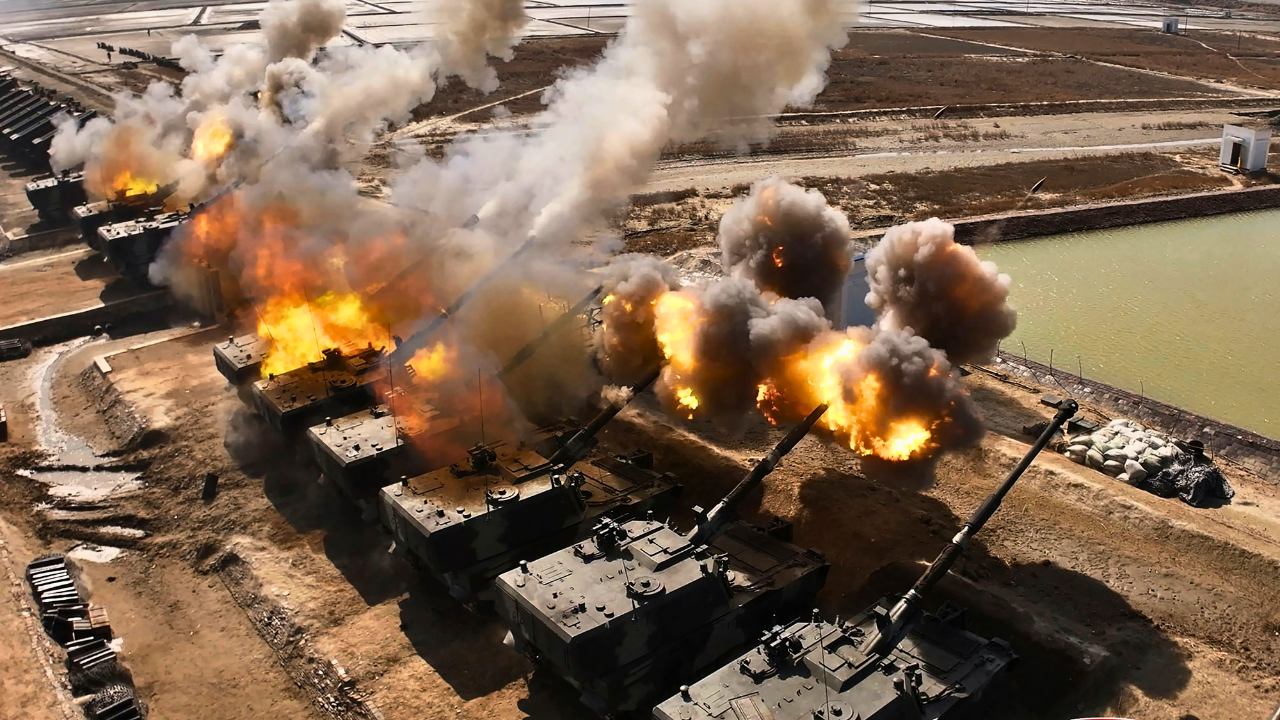
North Korea launched approximately 10 artillery rockets toward the Yellow Sea on November 3, 2025, just one hour before U.S. Defense Secretary Pete Hegseth arrived at the heavily fortified DMZ.
The provocative timing coincided with critical security talks between Washington and Seoul, placing 28,500 American troops stationed in South Korea on heightened alert amid escalating regional tensions.
Who is Pete Hegseth?
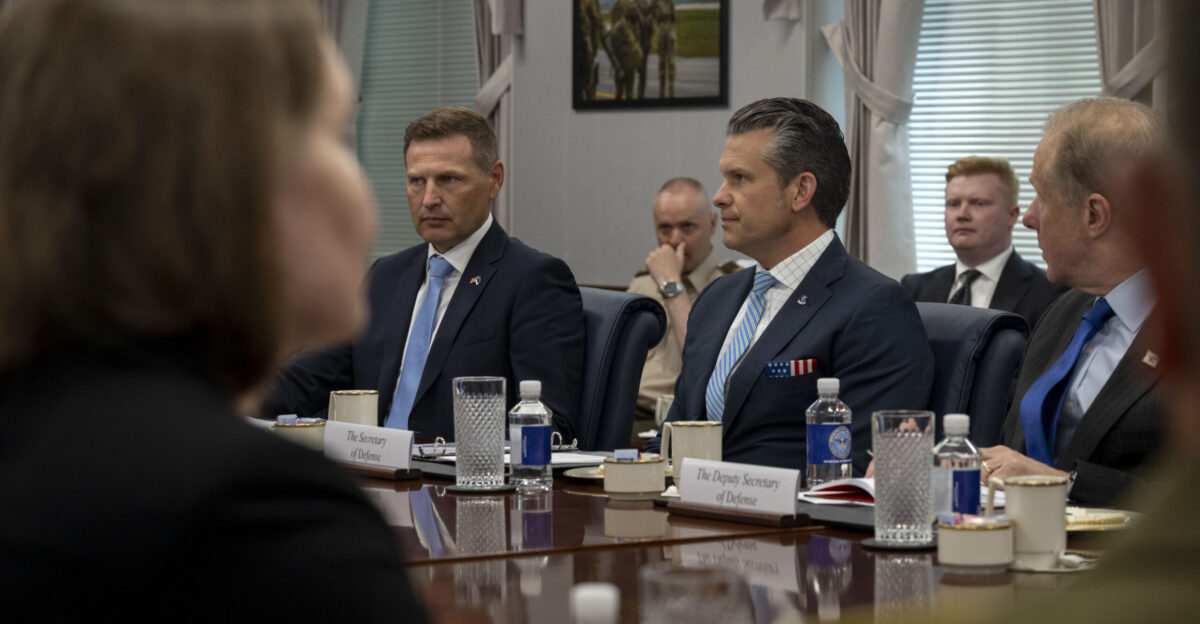
Pete Hegseth, 44, serves as U.S. Defense Secretary under President Trump’s administration. A former Army National Guard major with combat deployments to Iraq and Afghanistan, Hegseth was sworn in January 2025.
His visit marked the first time a Pentagon chief had visited the DMZ in eight years, signaling America’s renewed focus on the security situation on the Korean Peninsula.
The Artillery Rocket Launch Details

South Korea’s Joint Chiefs of Staff detected the artillery rockets fired around 4 p.m. local time from North Korea’s 240mm multiple rocket launcher systems. These weapons have a range of 40-60 kilometers, capable of striking Seoul and the surrounding areas.
Intelligence authorities from both nations continue to analyze the specifications of the projectiles and the intended message behind the provocative timing.
Strategic Timing
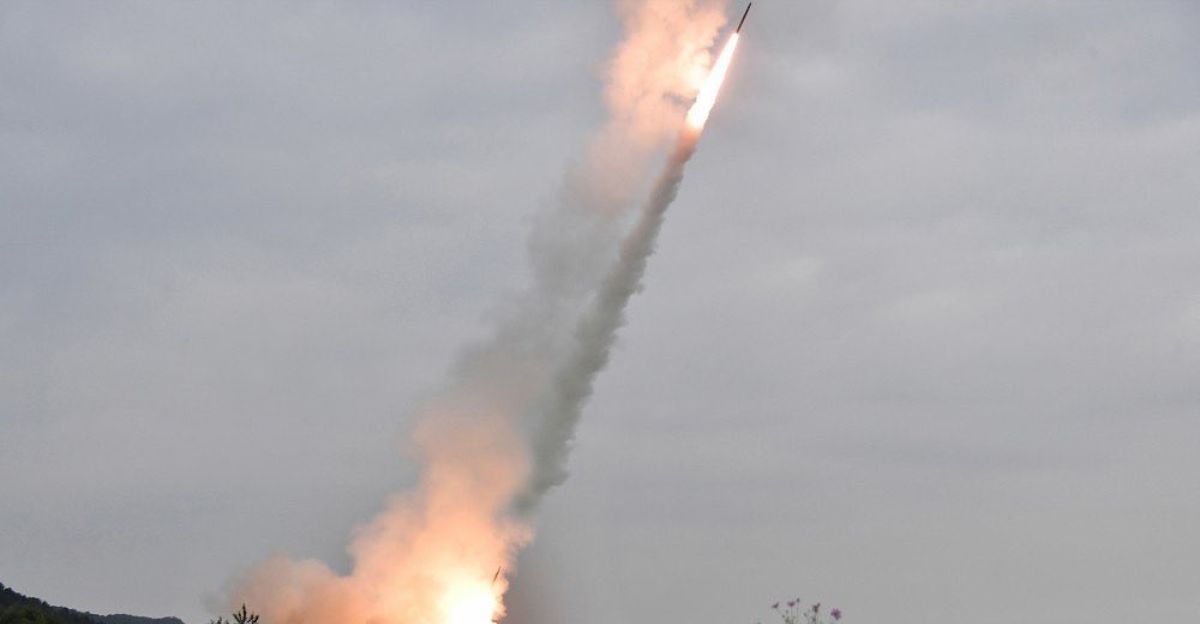
The launch occurred less than an hour before Hegseth reached Camp Bonifas, just south of the Joint Security Area within the DMZ. North Korea also fired artillery rockets on Saturday, November 1, during President Lee Jae Myung’s summit with Chinese President Xi Jinping.
The pattern suggests deliberate messaging during high-level diplomatic engagements.
The DMZ Visit

Hegseth toured Observation Post Ouellette and Panmunjom, the symbolic truce village where North and South Korean troops stand face-to-face. Accompanied by South Korean Defense Minister Ahn Gyu-back, the visit reinforced the “ironclad combined defense posture” between allies.
The heavily fortified 250-kilometer DMZ has separated the two Koreas since the 1953 armistice.
North Korea’s Hypersonic Arsenal

In separate tests during October 2025, North Korea demonstrated hypersonic missiles capable of exceeding Mach 5 speeds. Pyongyang successfully tested the Hwasong-11Ma system, which can maneuver mid-flight to evade missile defense systems like THAAD and Aegis BMD deployed throughout the region.
These tests occurred weeks before Hegseth’s visit, showcasing the advancing capabilities.
What Are Hypersonic Weapons?
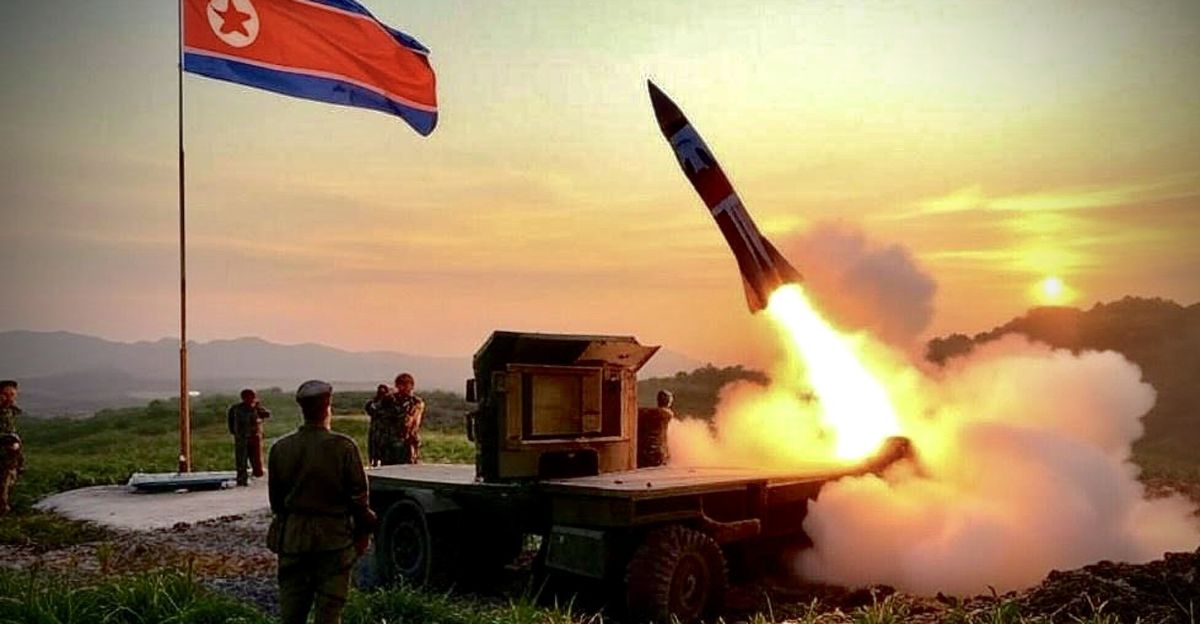
Hypersonic missiles travel at five times the speed of sound or faster, combining extreme velocity with unpredictable flight paths. North Korea’s recently tested systems utilize hypersonic glide vehicles mounted on solid-fuel ballistic missiles, making them more difficult to detect and intercept.
These weapons represent a significant technological advancement, posing a threat to regional security and U.S. military installations.
The Hwasong-20 ICBM

During an October 9-11 military parade, Kim Jong Un unveiled the Hwasong-20, North Korea’s “most powerful nuclear strategic weapon system.” This new intercontinental ballistic missile uses solid fuel for faster launches and potentially carries multiple nuclear warheads designed to overwhelm U.S. missile defenses.
Experts anticipate a test before the end of the year.
28,500 Troops on Edge

Approximately 28,500 American military personnel stationed in South Korea maintain the “trip wire” deterrent at the alliance’s core. These forces provide extended nuclear deterrence in the face of an increasingly complex threat environment.
Recent discussions explore greater “flexibility” for these troops to address regional contingencies beyond the Korean Peninsula, including potential Taiwan scenarios.
North Korea’s Military Buildup
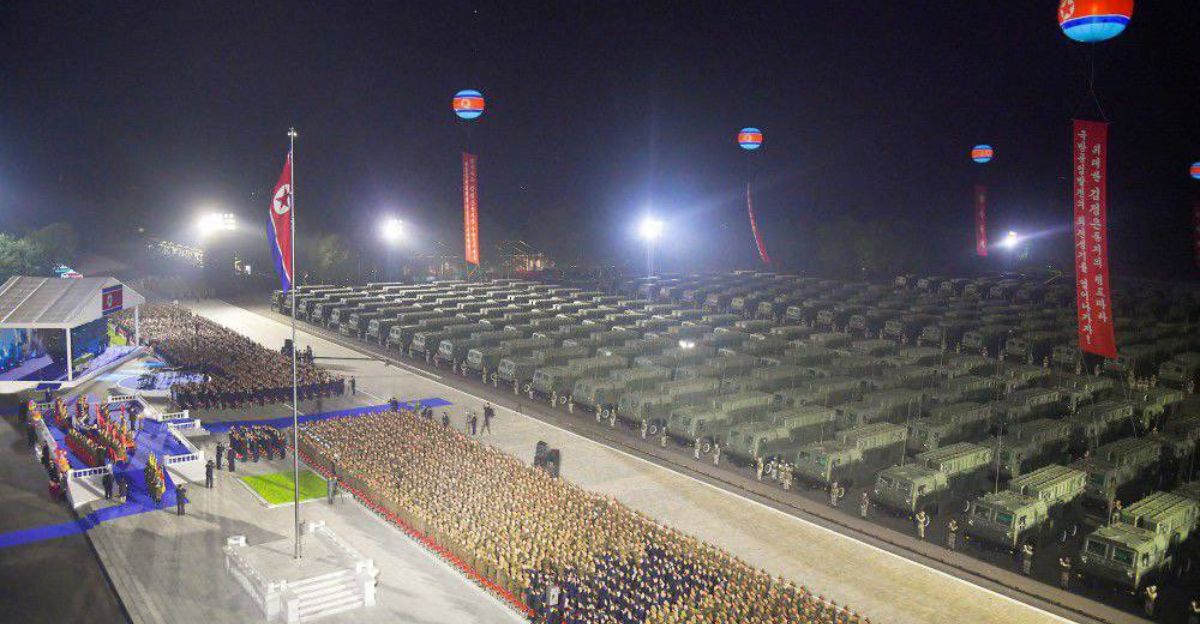
Kim Jong Un has dramatically accelerated weapons development since 2019, when nuclear diplomacy with Trump collapsed. North Korea now possesses various intercontinental ballistic missiles, hypersonic systems, cruise missiles, and advanced artillery capable of threatening the U.S. mainland and regional allies.
Kim recently ordered officials to “sharpen the nuclear shield and sword.”
The 240mm Rocket Threat

North Korea’s 240mm multiple rocket launcher systems don’t violate UN Security Council resolutions but pose serious threats. These road-mobile systems can fire 22 rockets in 45 seconds, with each rocket carrying a 90-kilogram warhead.
The entire Seoul metropolitan region, including Incheon Airport, sits within range of these weapons deployed near the border.
Diplomatic Context
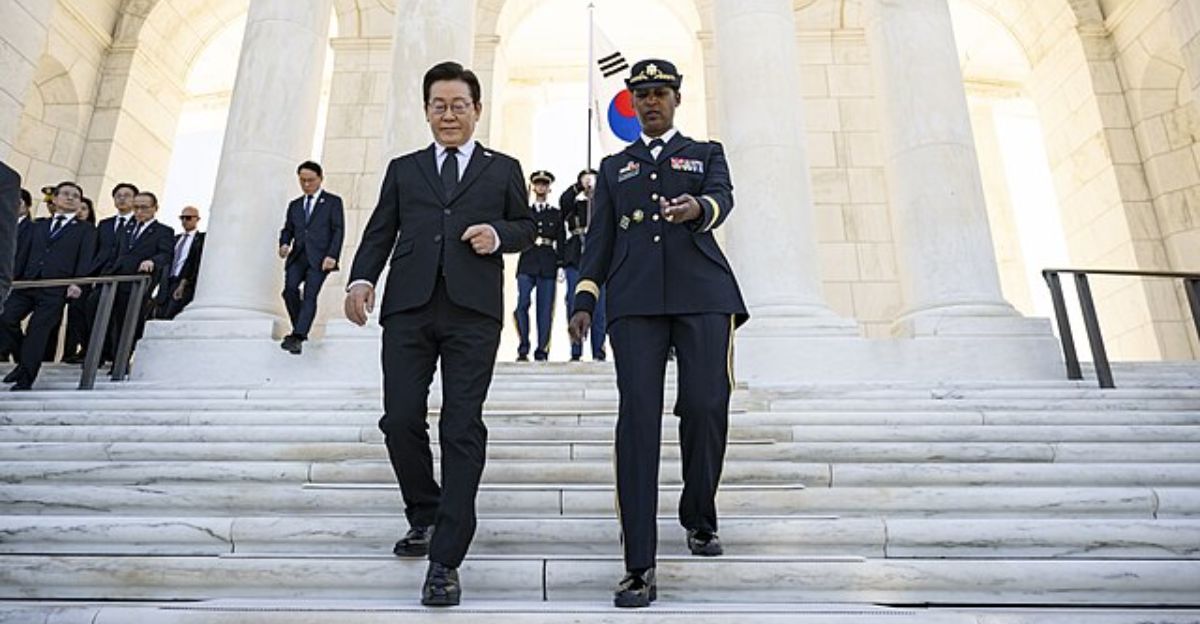
South Korea’s President Lee Jae Myung, who took office in June 2025, advocating engagement with North Korea, has made several peace overtures. However, Pyongyang has rebuffed these efforts.
Kim Yo Jong, Kim Jong Un’s sister, dismissed Lee’s initiatives as “fancy and a pipe dream,” while North Korea continues ramping up its nuclear rhetoric and weapons testing.
South Korea’s Response

President Lee announced an 8.2 percent increase in the defense budget for 2026, the largest in six years, totaling $46 billion. South Korea is developing its own hypersonic weapons, including the Hyunmoo-5 “Monster Missile,” with Trump expressing support for nuclear-powered submarine development.
Seoul aims to strengthen conventional capabilities while maintaining the U.S. nuclear umbrella.
Alliance Modernization Debates

Washington seeks greater flexibility to deploy the 28,500 U.S. troops beyond Korea for regional contingencies, including potential conflicts with China. Seoul remains hesitant, preferring forces focused on North Korean threats.
Ongoing discussions continue regarding the transfer of wartime operational control to the South Korean command, while maintaining a combined defense posture and nuclear deterrence commitments.
What Comes Next
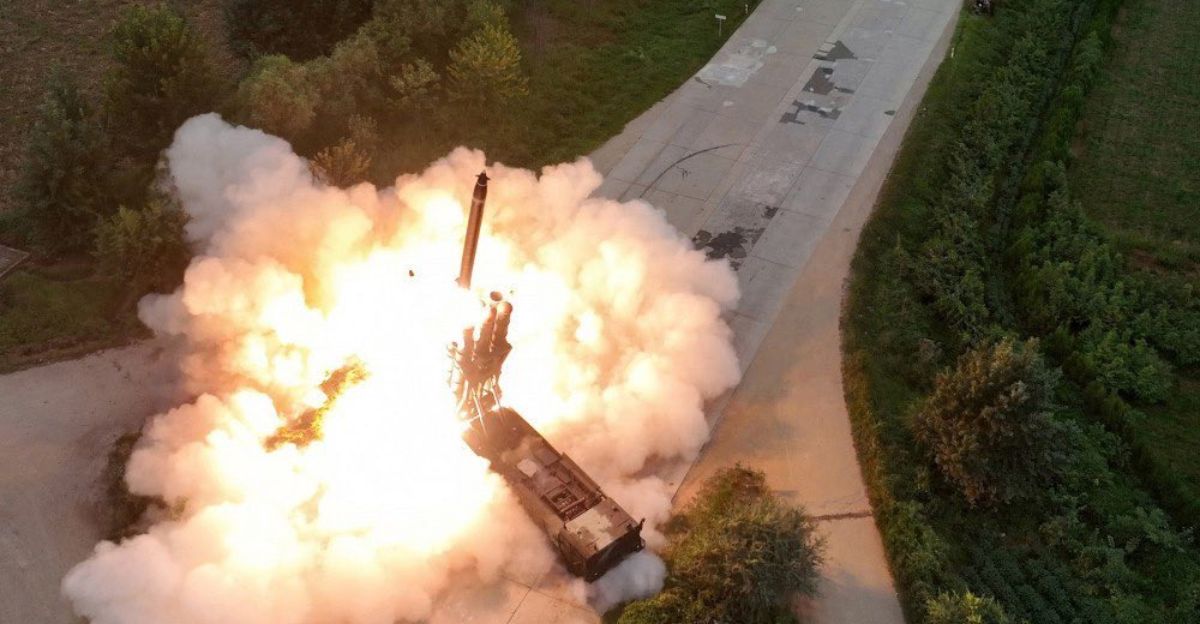
Analysts warn North Korea may conduct more provocative tests, including a potential seventh nuclear detonation or ICBM launch. The success of renewed Trump-Kim diplomacy remains uncertain, given North Korea’s hardened position and expanded arsenal.
Meanwhile, the U.S.-South Korea alliance continues to adapt, addressing both immediate Korean Peninsula threats and broader regional security challenges facing the Indo-Pacific.